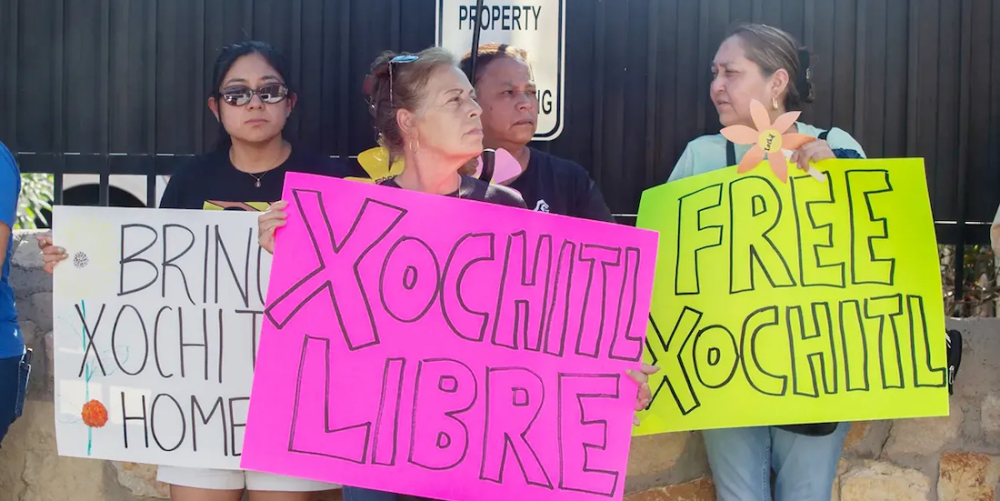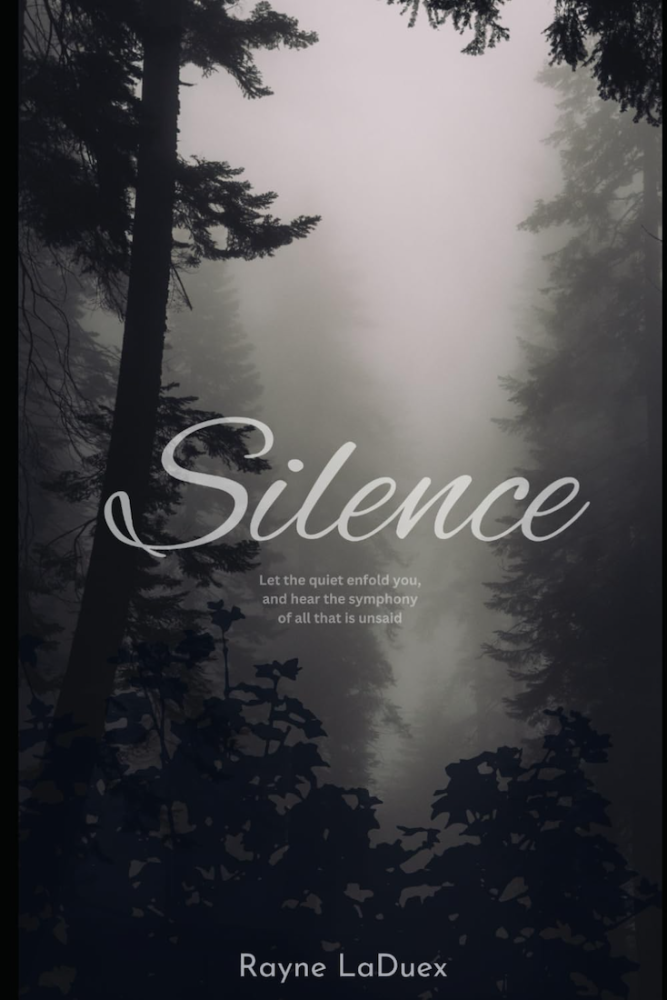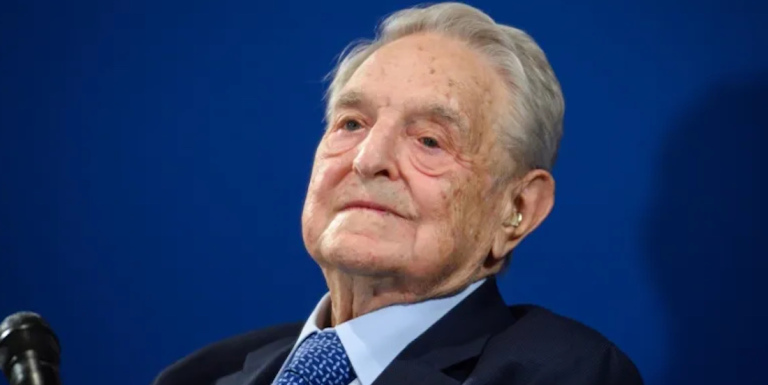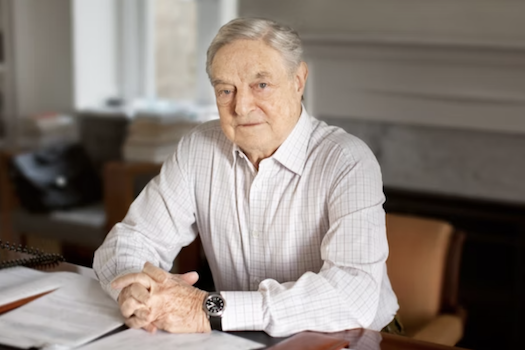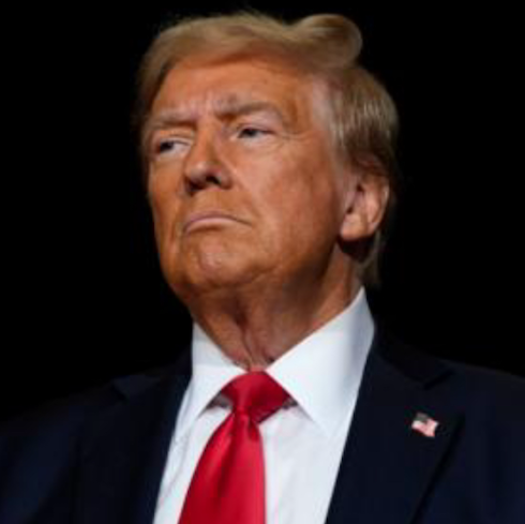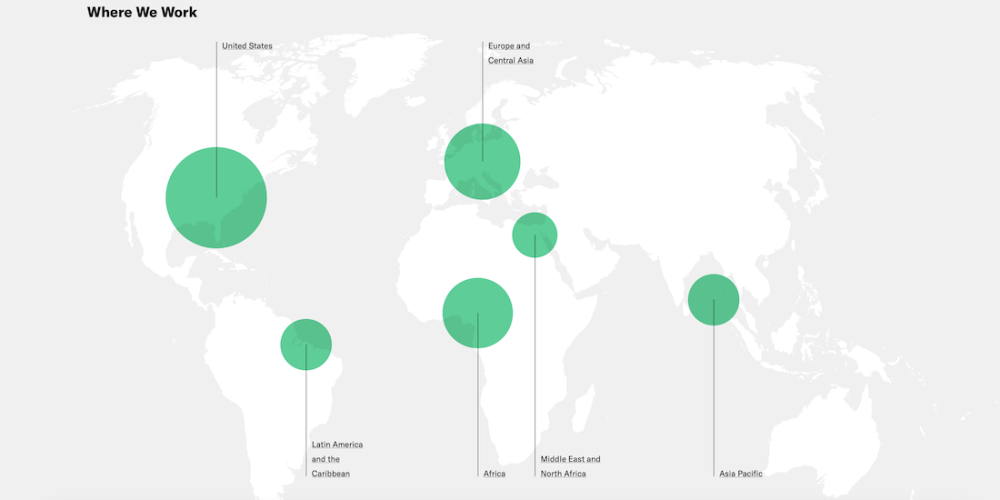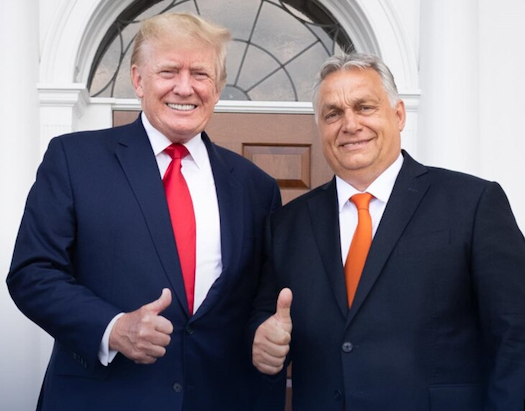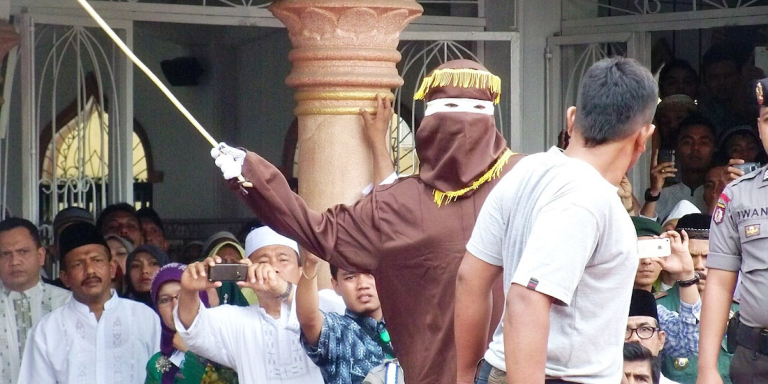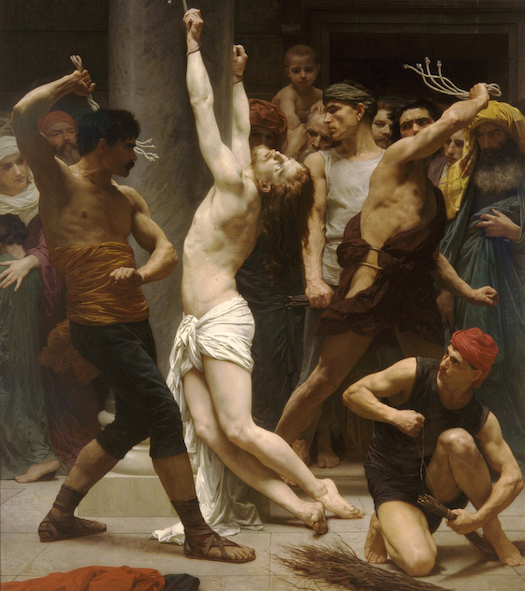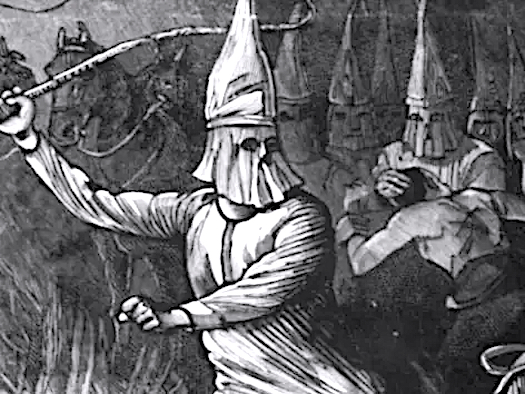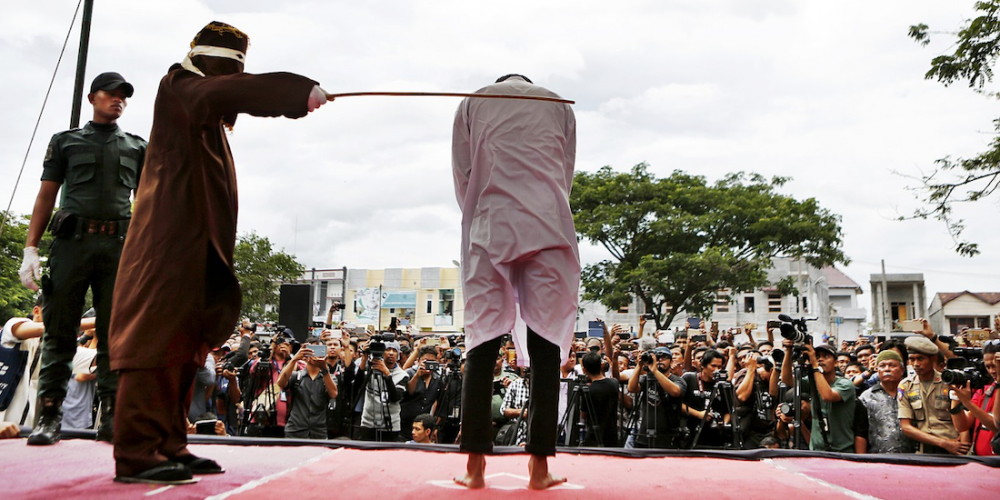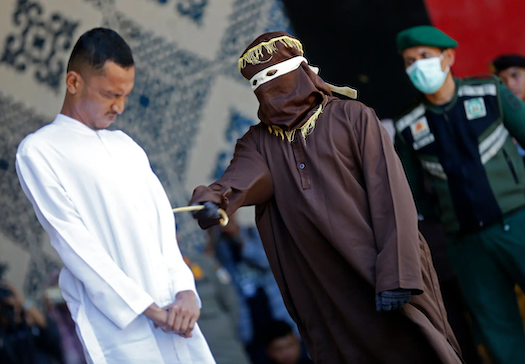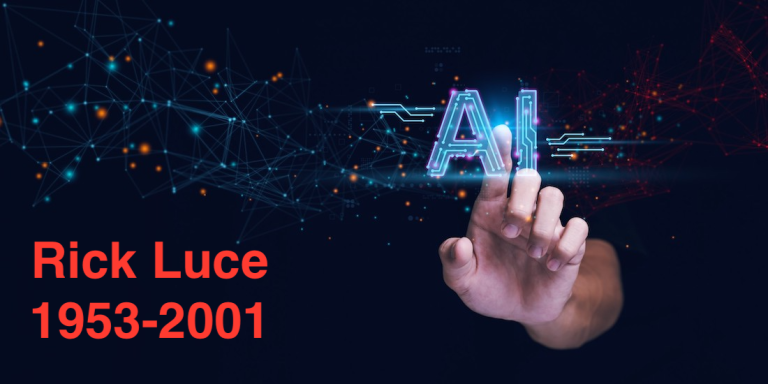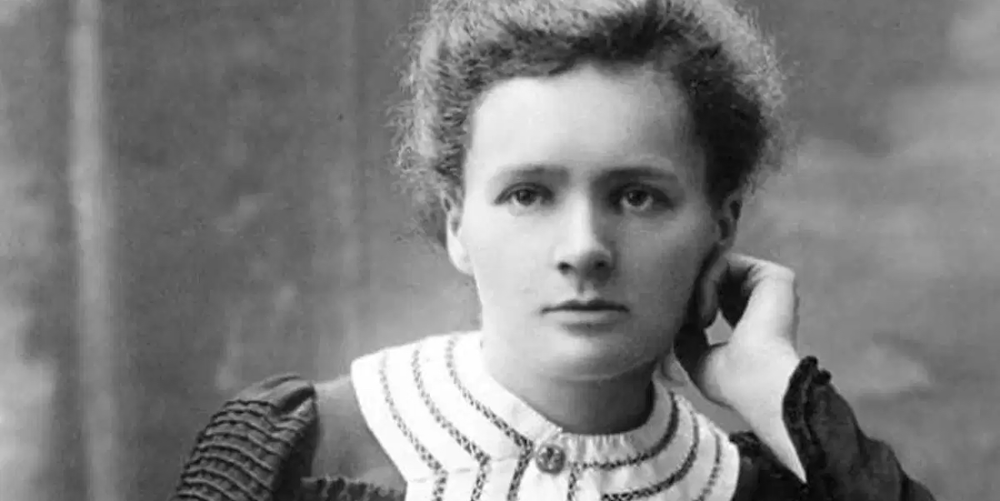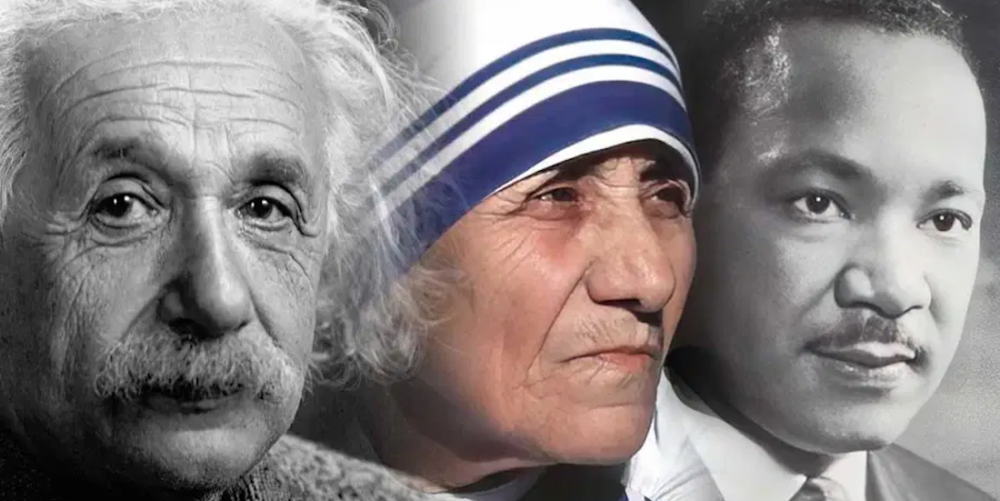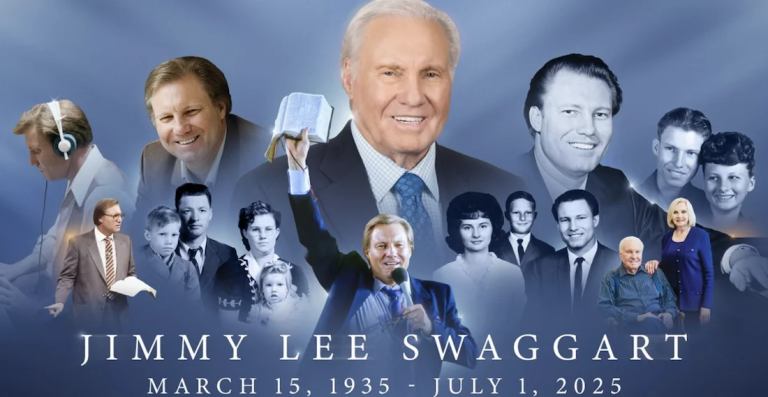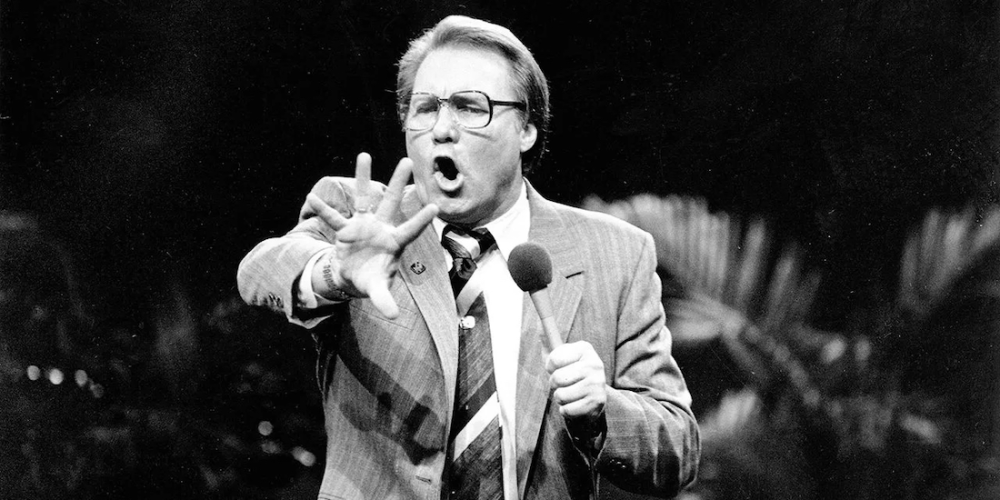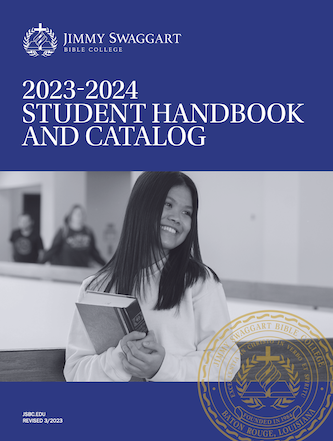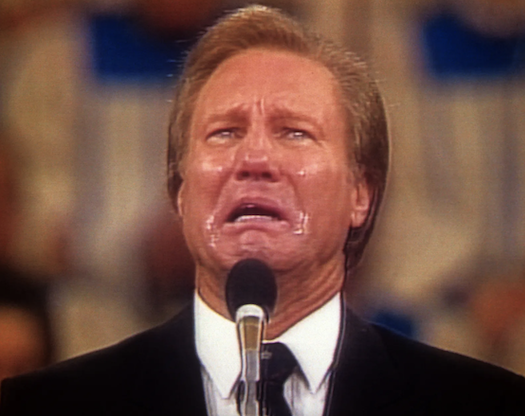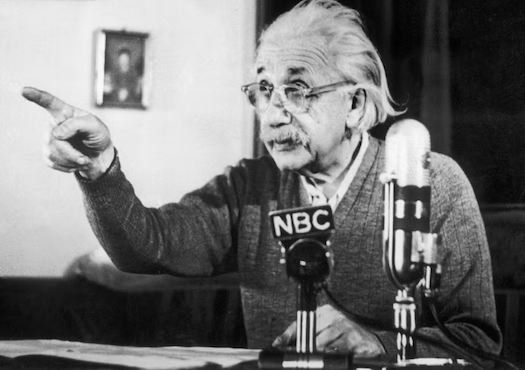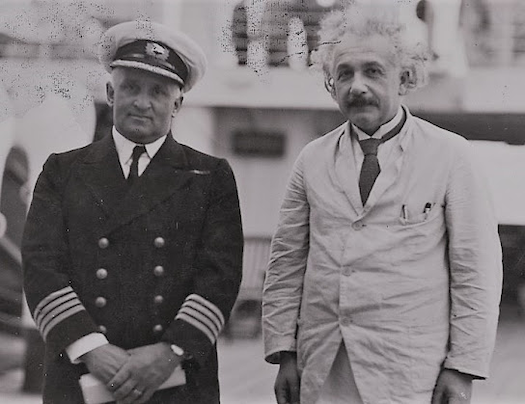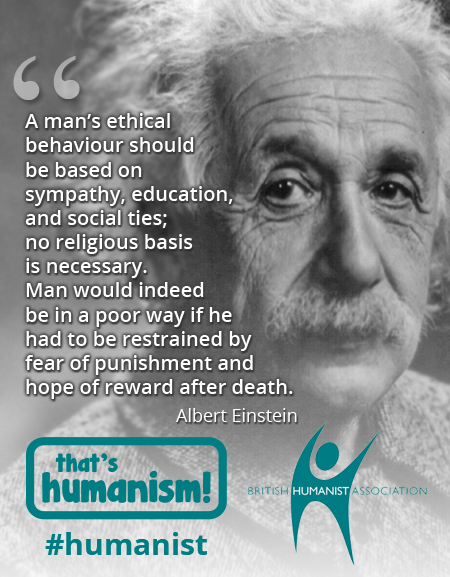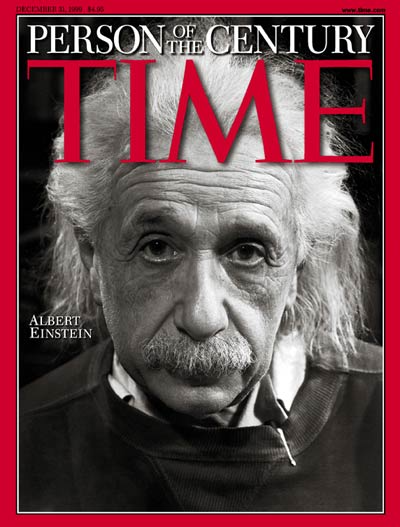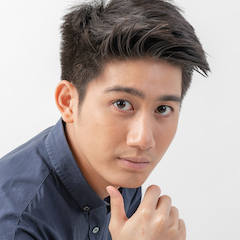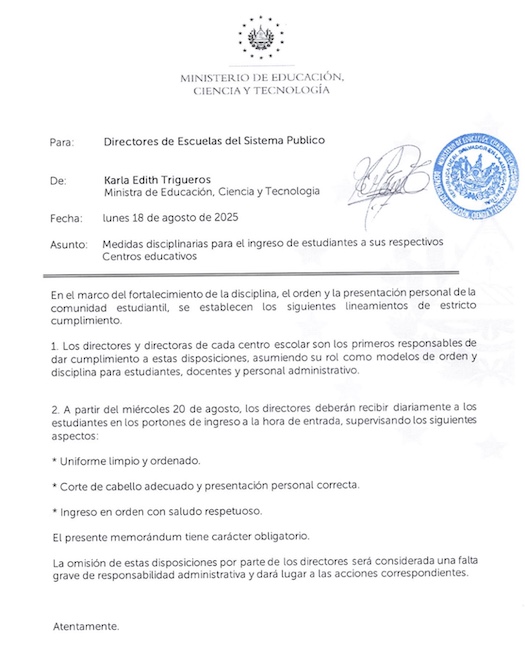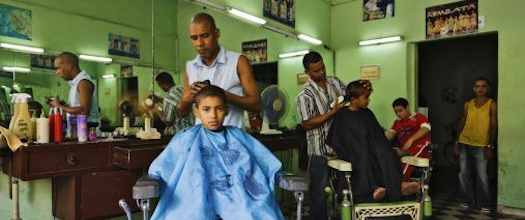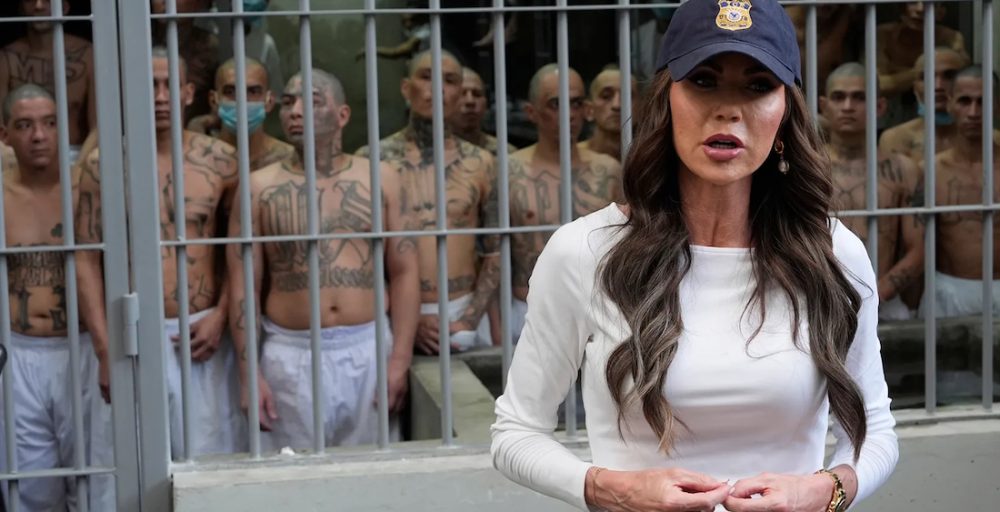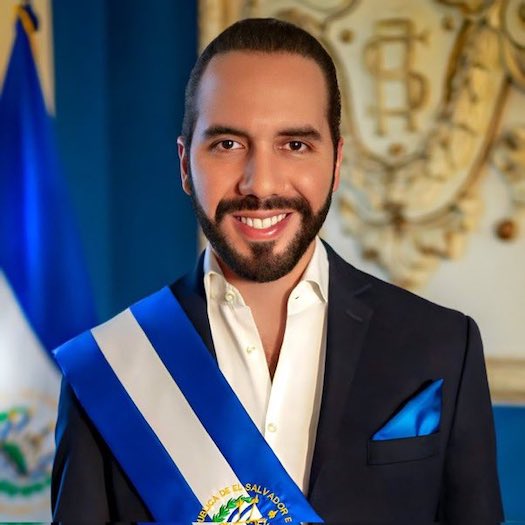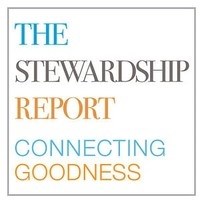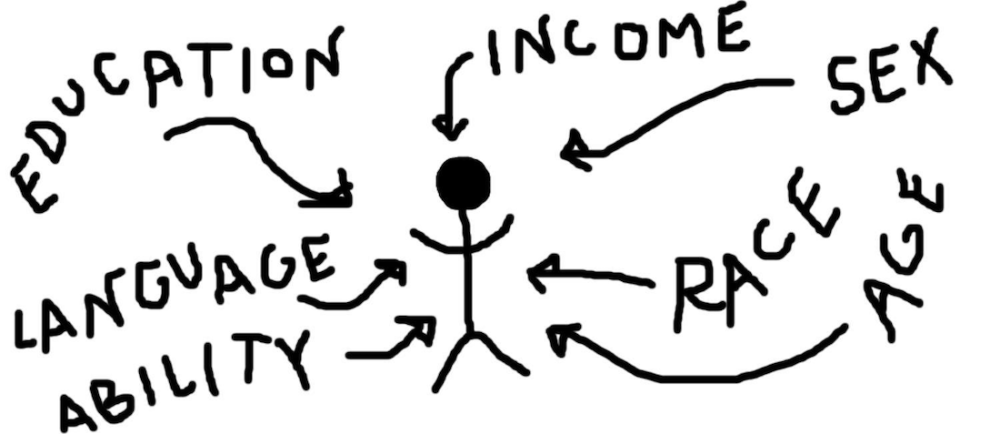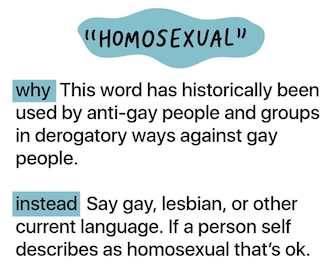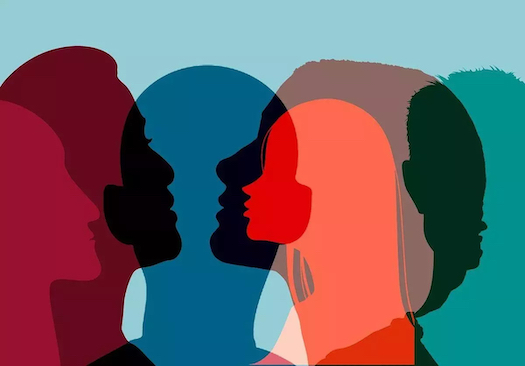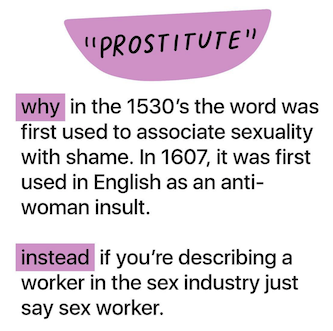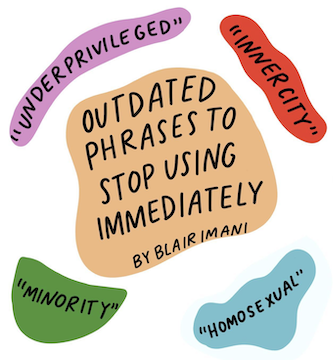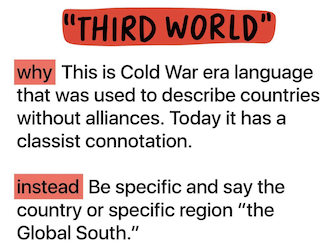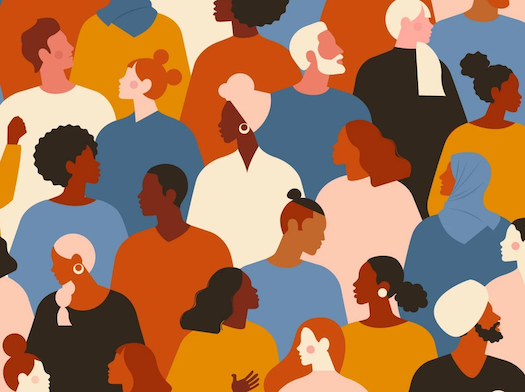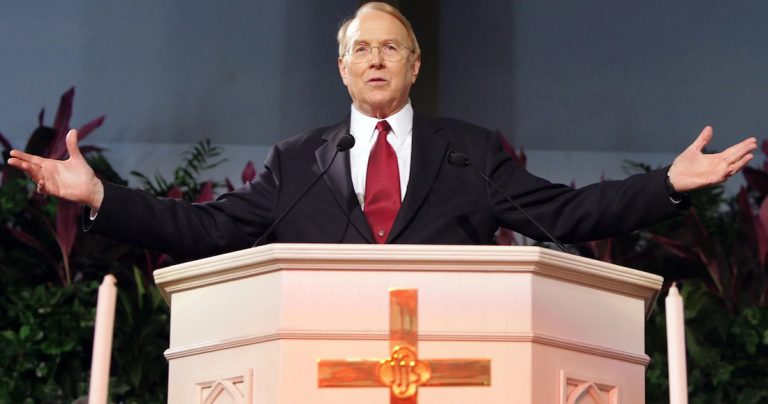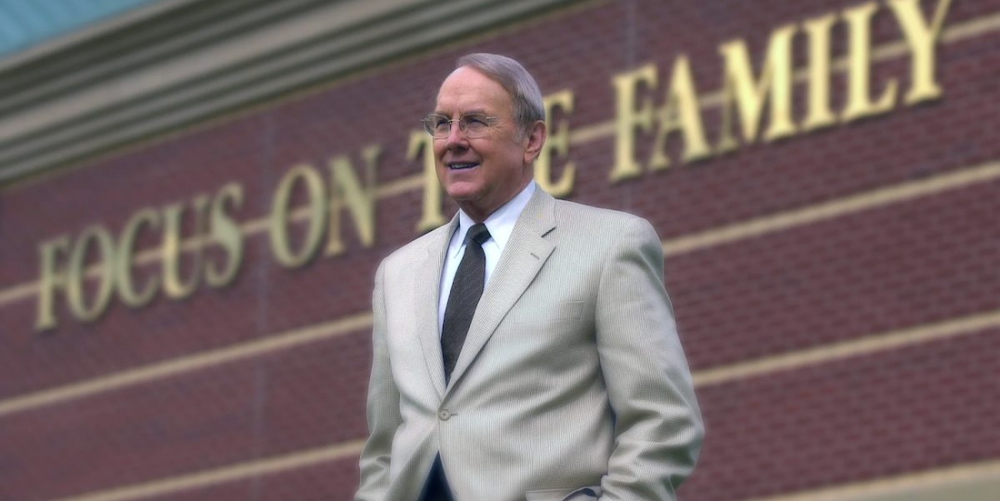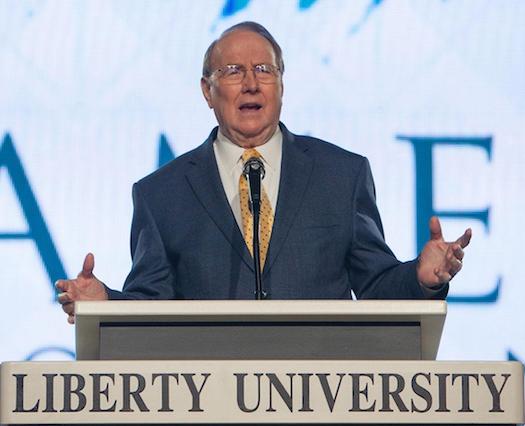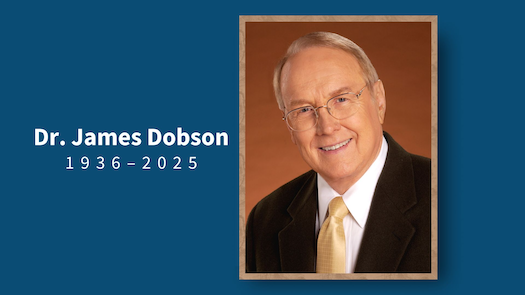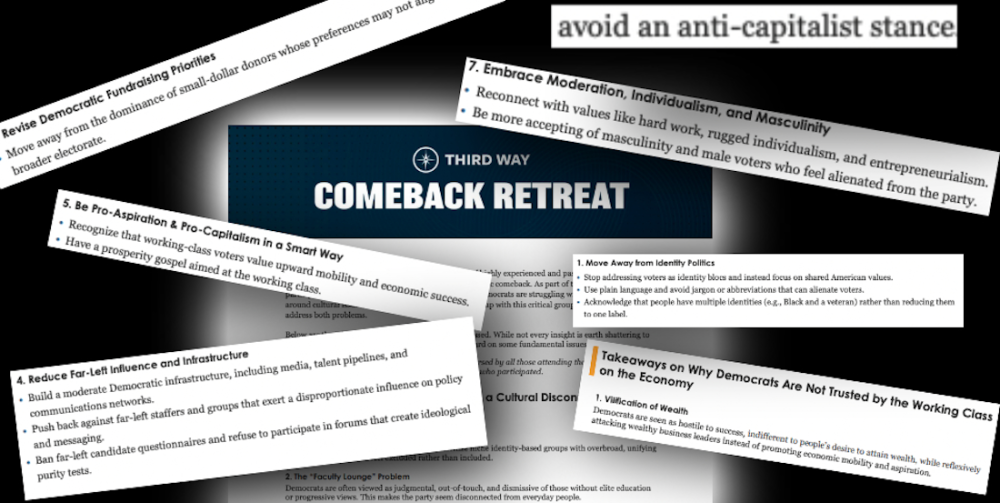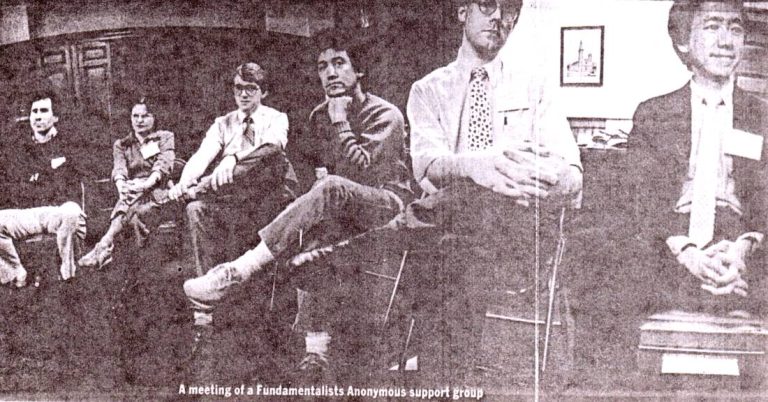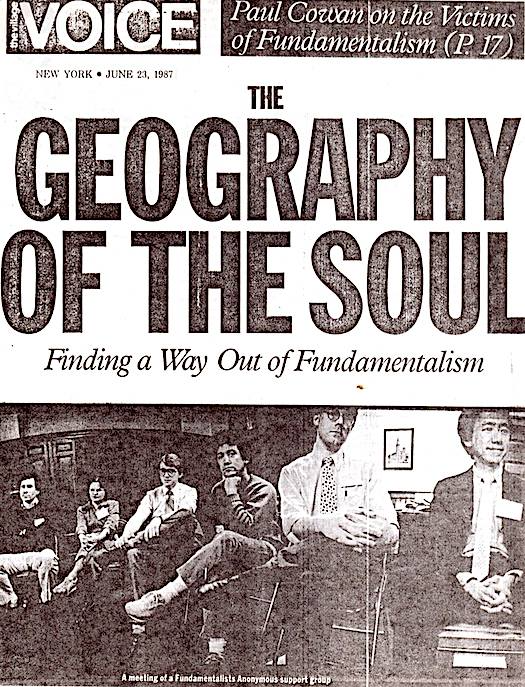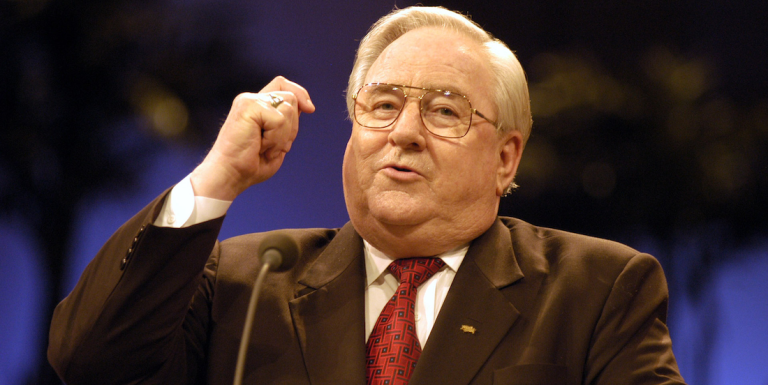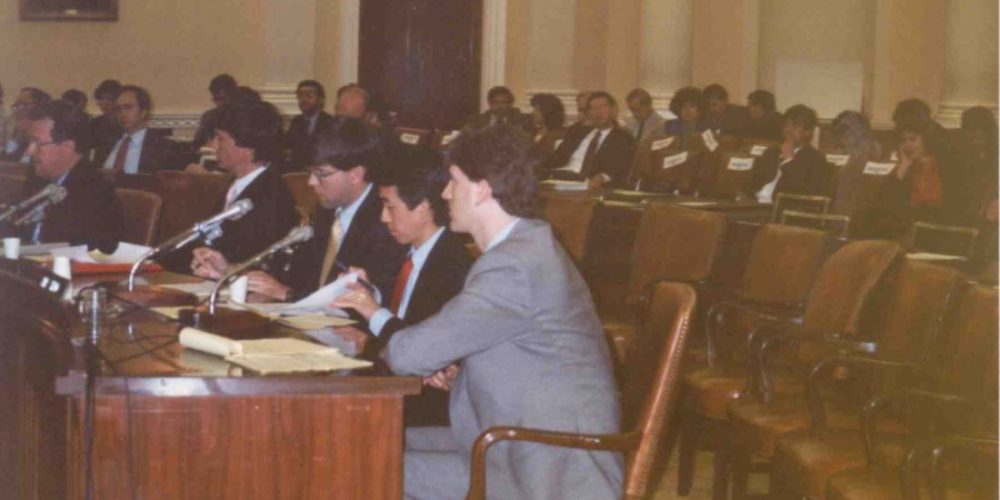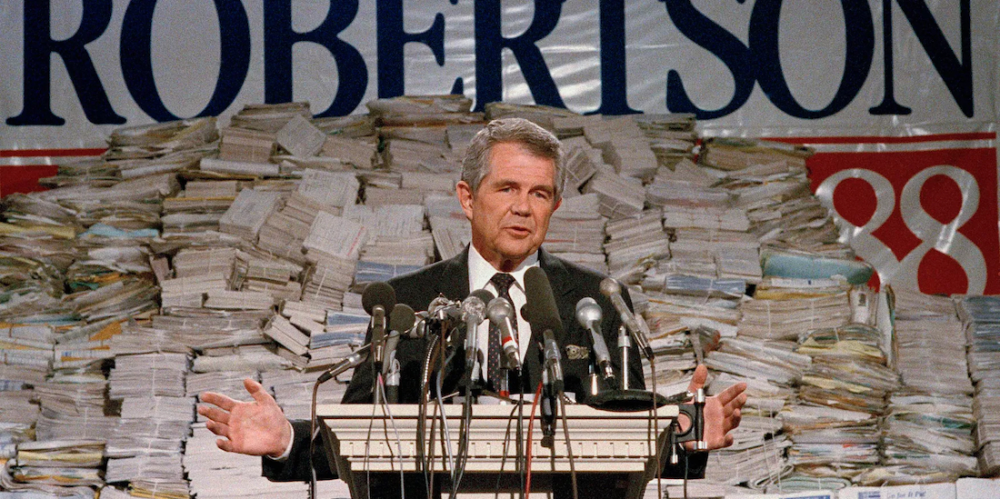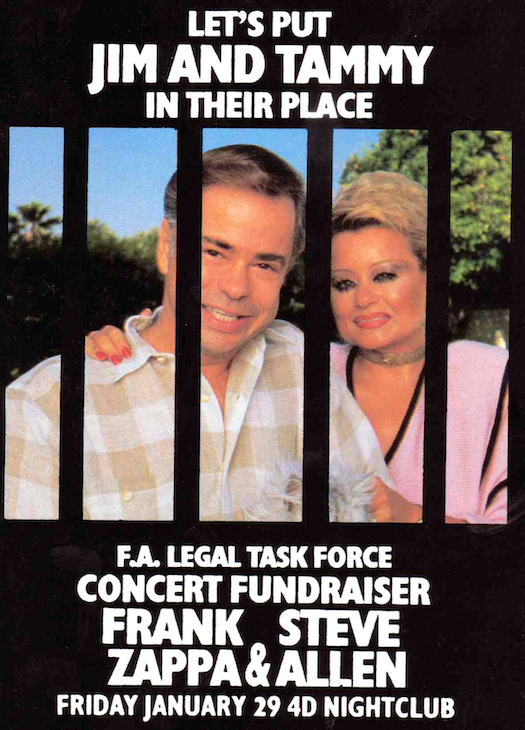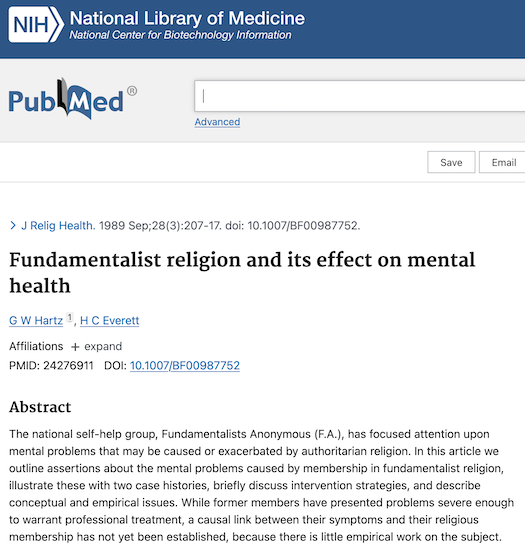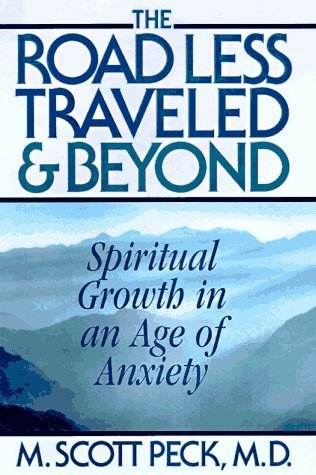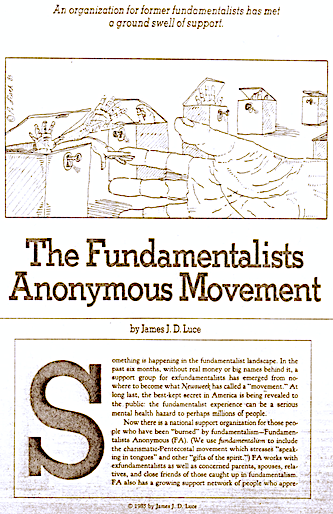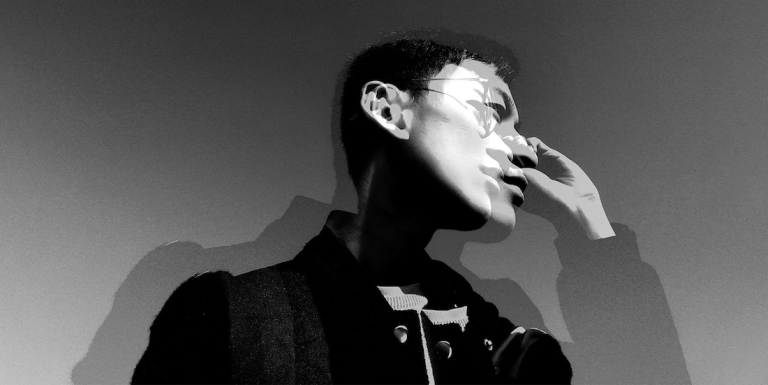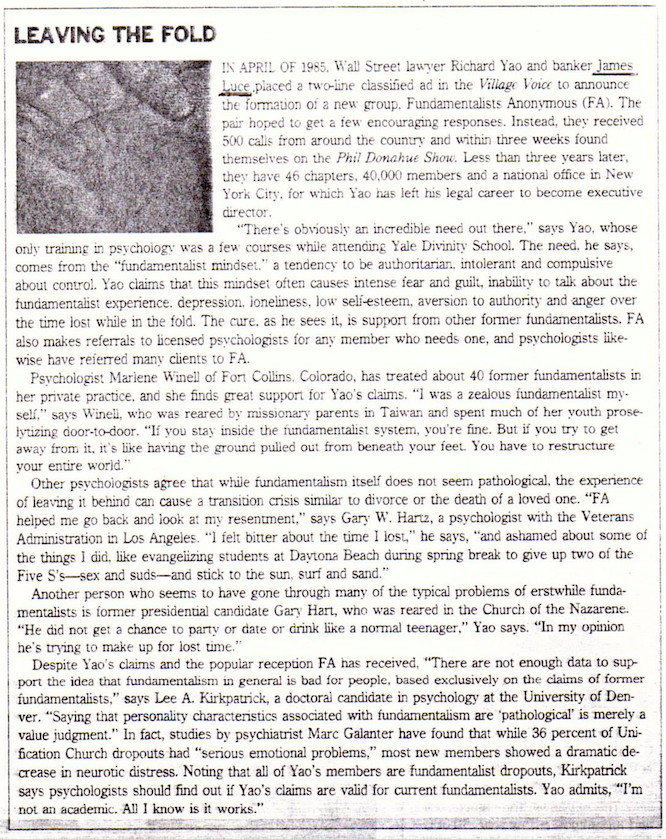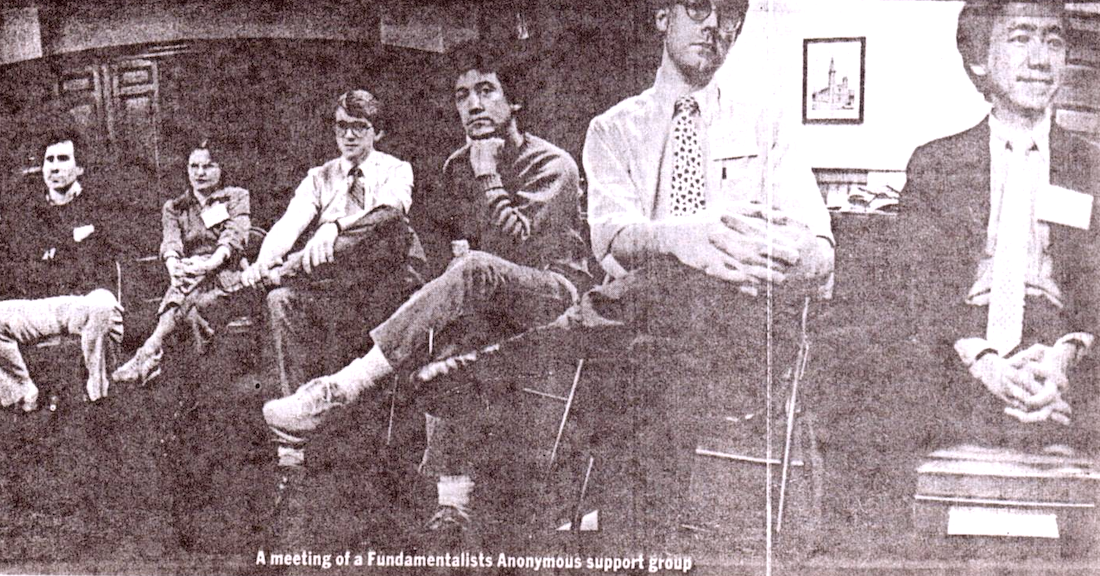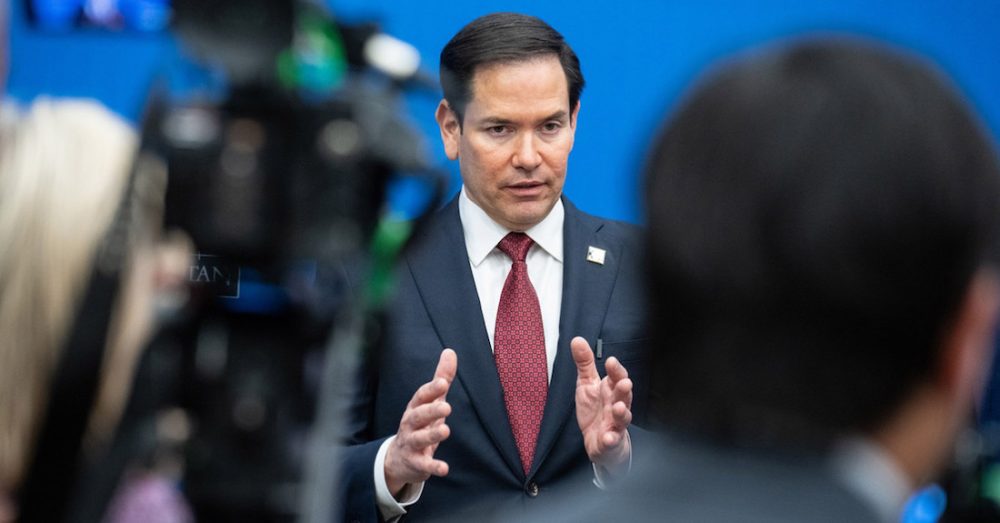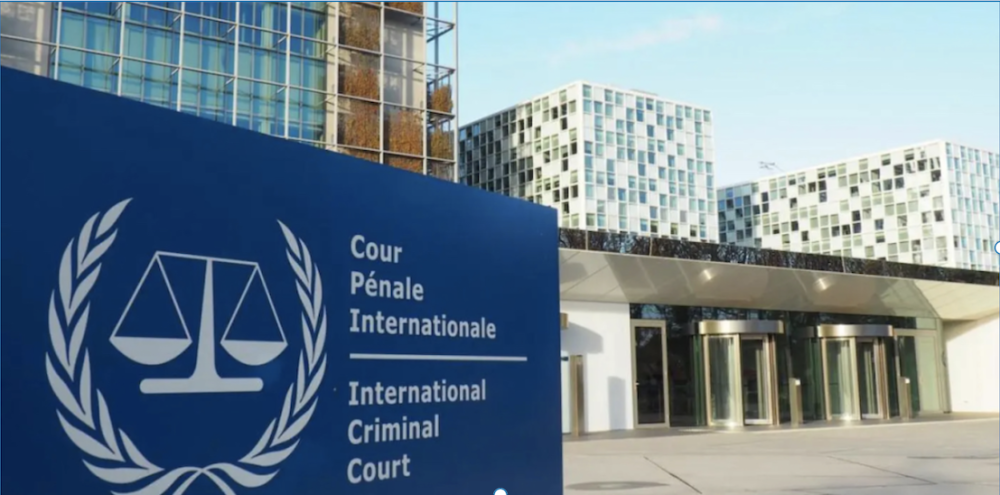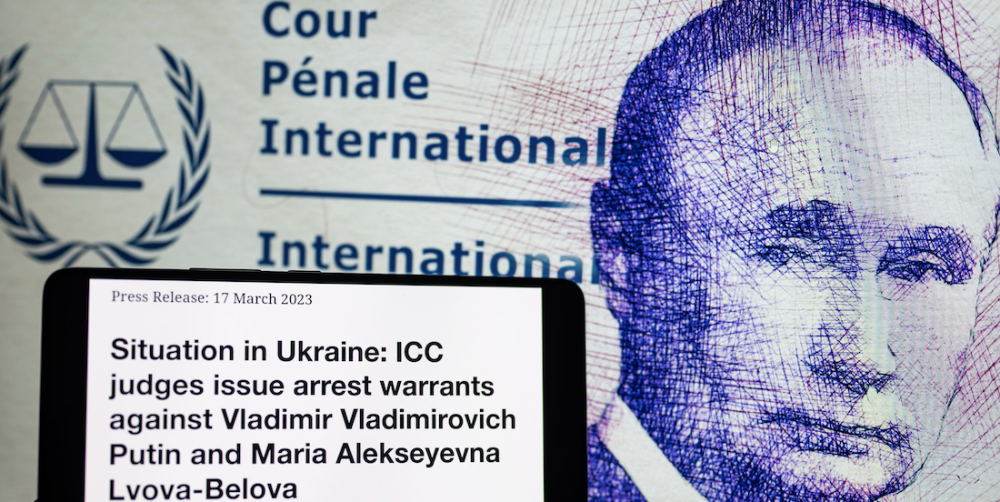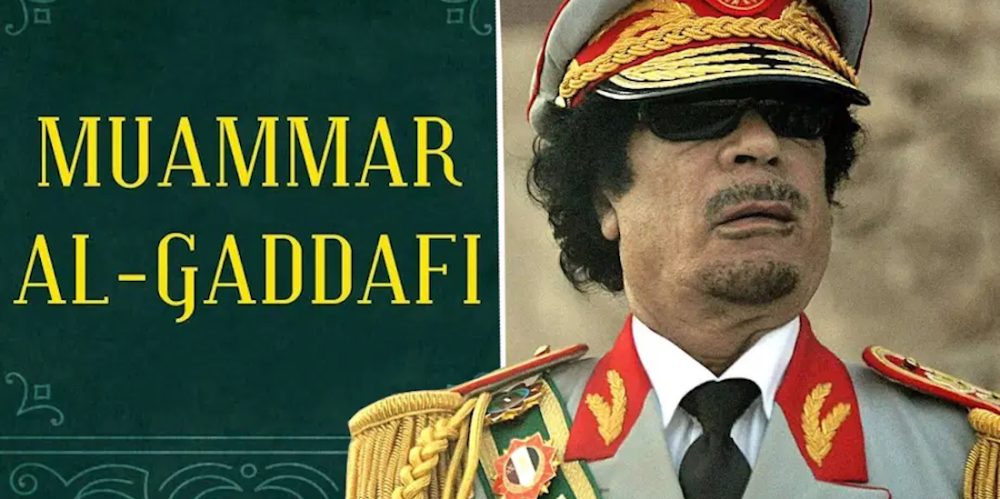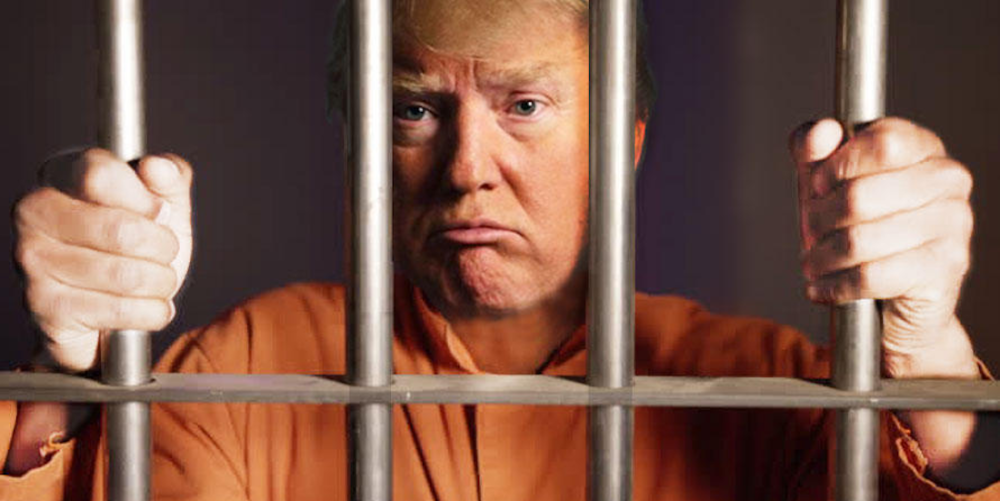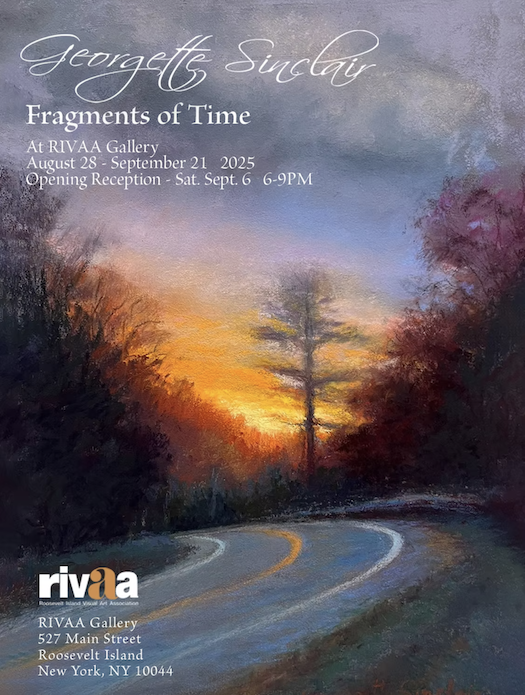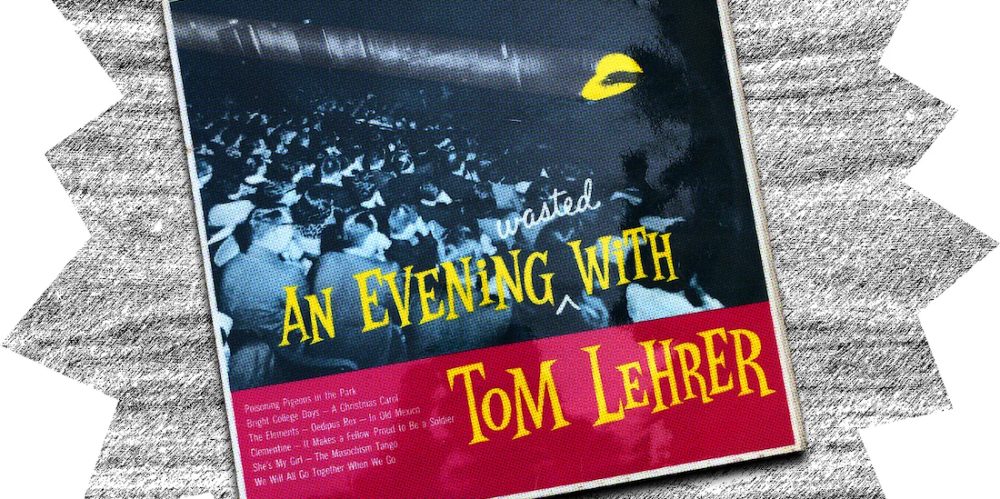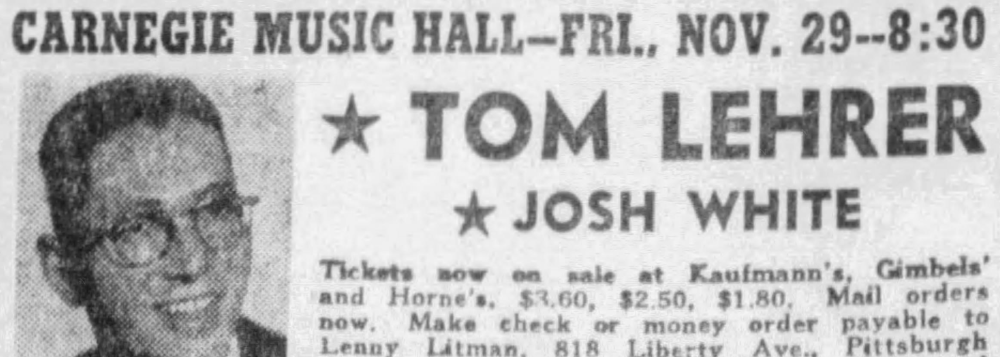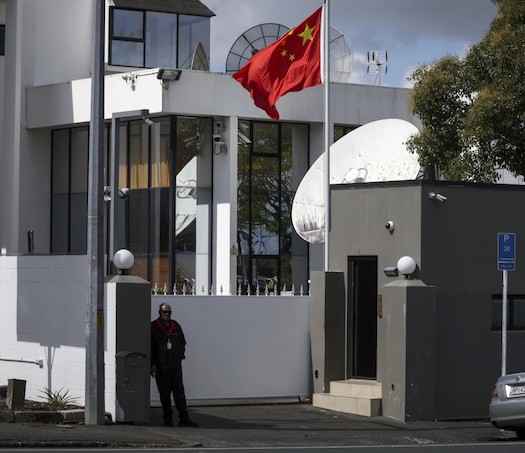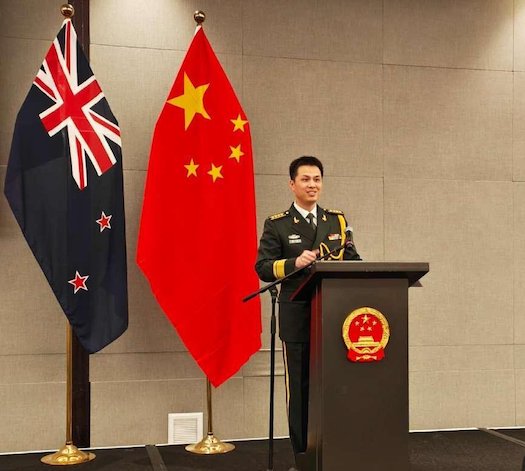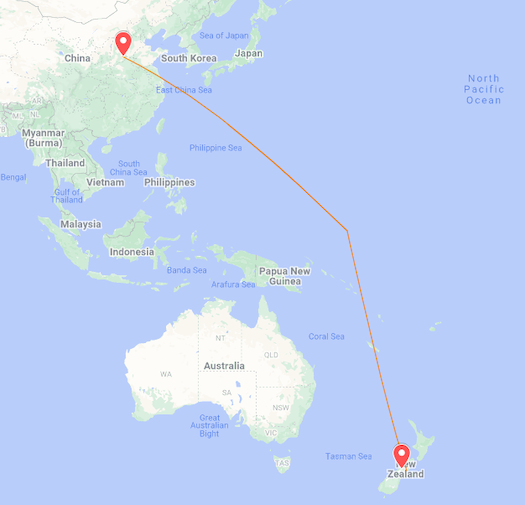Pope Leo XIV Demands Gaza Ceasefire Amid Rising Tensions
Pontiff condemns collective punishment and forced displacement, calls for immediate humanitarian intervention
Vatican City — In a powerful address delivered during his general audience on August 27, 2025, Pope Leo XIV issued an urgent plea for an immediate end to the ongoing Israel-Hamas conflict, condemning what he termed “collective punishment” and forced displacement of civilians in Gaza. The pontiff’s intervention comes at a critical juncture as the conflict enters its second year with devastating humanitarian consequences.
The war, which began following Hamas‘s devastating October 7, 2023 attack that killed approximately 1,200 Israelis and resulted in 251 hostages being taken, has triggered an extensive Israeli military offensive in Gaza City. The pontiff’s words carry particular weight as the international community grapples with escalating violence and mounting civilian casualties.

Vatican Cites International Law Violations
During his address to thousands of faithful gathered in St. Peter’s Square, Pope Leo XIV directly referenced international law in his condemnation of current military tactics. The pontiff emphasized that the protection of civilian populations must remain paramount, regardless of military objectives.
“The deliberate targeting of civilian infrastructure and the systematic displacement of entire communities constitutes a violation of fundamental human rights principles,” the pope declared, his voice carrying across the packed square. His words resonated with growing international concern over the humanitarian crisis unfolding in the Palestinian territory.
The Vatican‘s position aligns with recent statements from United Nations officials and international human rights organizations who have expressed alarm over the scope of civilian suffering. The pontiff’s intervention represents one of the most direct papal statements on the conflict since its escalation.
Christian Communities Under Siege
Pope Leo XIV paid particular attention to the plight of Christian communities in Gaza, many of whom have sought refuge in church compounds and Christian institutions throughout the territory. The pontiff noted that these facilities, traditionally considered safe havens, have been subjected to heavy bombardment despite their protected status under international conventions.
“Our Christian brothers and sisters in Gaza have opened their doors to all who seek shelter, regardless of faith or background,” the pope stated. “These sacred spaces must be respected and protected as sanctuaries of peace amid the chaos of war.”
The Greek Orthodox and Catholic churches in Gaza have reportedly sheltered hundreds of displaced families, providing not only physical protection but also essential services including medical care and food distribution. However, several church facilities have sustained damage from nearby strikes, raising concerns about the safety of both religious communities and displaced civilians.
Hostage Crisis Remains Critical
The pontiff made specific reference to the ongoing hostage situation, noting that approximately 50 individuals remain in Hamas custody nearly two years after their initial capture. Israeli forces have successfully rescued eight hostages alive, but the fate of the remaining captives continues to cast a shadow over diplomatic efforts.
“Every human life is sacred and precious in the eyes of God,” Pope Leo XIV emphasized. “We cannot accept that innocent people remain in captivity while their families endure unimaginable anguish. Their immediate and unconditional release is not just a political necessity but a moral imperative.”
The pope’s appeal for hostage release comes as international mediators, including Egyptian and Qatari officials, continue efforts to broker a comprehensive agreement that would secure the release of remaining captives in exchange for a sustained ceasefire and prisoner exchanges.
Humanitarian Aid Access Blocked
One of the most pressing issues highlighted by the pontiff was the systematic obstruction of humanitarian aid delivery to Gaza‘s civilian population.

United Nations agencies and international relief organizations have reported significant difficulties in accessing areas most affected by the conflict, leaving vulnerable populations without essential supplies.
“The denial of humanitarian assistance to those who need it most represents a fundamental violation of Christian charity and international humanitarian law,” the pope declared.
“Food, medicine, and shelter are basic human needs that transcend political divisions and military objectives.”
Current estimates suggest that over 2.3 million people in Gaza depend on humanitarian assistance, with many lacking access to clean water, adequate medical care, and sufficient food supplies.
The World Health Organization has warned of potential disease outbreaks due to deteriorating sanitary conditions and overcrowding in temporary shelters.
International Community Response
The pope’s intervention has drawn support from various international leaders and religious organizations worldwide. European Union officials have echoed the Vatican‘s call for immediate ceasefire negotiations, while several African and Latin American countries have praised the pontiff’s humanitarian focus.
Archbishop of Canterbury Justin Welby issued a statement supporting Pope Leo XIV’s appeal, emphasizing the need for interfaith cooperation in addressing the humanitarian crisis. Similarly, prominent Islamic scholars have welcomed the Vatican‘s position as consistent with shared humanitarian values across religious traditions.
The United States State Department acknowledged the pope’s statement while reaffirming its commitment to Israel‘s right to self-defense. However, U.S. officials have increasingly emphasized the importance of minimizing civilian casualties and ensuring humanitarian aid access.
Path Forward Uncertain
Despite growing international pressure for a ceasefire, prospects for immediate resolution remain unclear. Israeli officials have indicated their intention to continue military operations until Hamas‘s military capabilities are significantly degraded and hostages are returned.
Hamas leadership, meanwhile, has maintained that any lasting agreement must include concrete steps toward Palestinian statehood and the lifting of the blockade that has restricted movement in and out of Gaza for over a decade.
The pope’s intervention represents a significant moral voice in these discussions, potentially influencing Catholic politicians and leaders worldwide who may play crucial roles in future diplomatic initiatives.
As the conflict continues to exact a devastating toll on civilian populations, Pope Leo XIV’s call for an end to collective punishment and forced displacement serves as a reminder of the humanitarian principles that must guide international responses to armed conflicts. The pontiff’s words carry particular significance as the world watches the unfolding tragedy in Gaza and searches for pathways toward sustainable peace.
Summary
Pope Leo XIV’s comprehensive summary for audio: Pope Leo XIV called for an immediate end to the Israel-Hamas conflict on August 27, 2025, during his Vatican general audience. The pontiff condemned collective punishment and forced displacement in Gaza, citing international law violations. He pleaded for a permanent ceasefire, humanitarian aid access, and the release of 50 remaining hostages held by Hamas. The pope’s appeal highlights growing international concern over civilian suffering and escalating violence in the region as Israel plans its Gaza City offensive.
#PopeGaza #VaticanPeace #GazaCeasefire #HumanitarianCrisis #IsraelHamas
#ChristianSolidarity #InternationalLaw #CivilianProtection #HolyLand #PeaceEfforts
TAGS: Vatican, Pope Leo XIV, Israel-Hamas conflict, collective punishment, humanitarian crisis, ceasefire,
Gaza, hostages, international law, Christian communities, displacement, civilian casualties, peace negotiations






